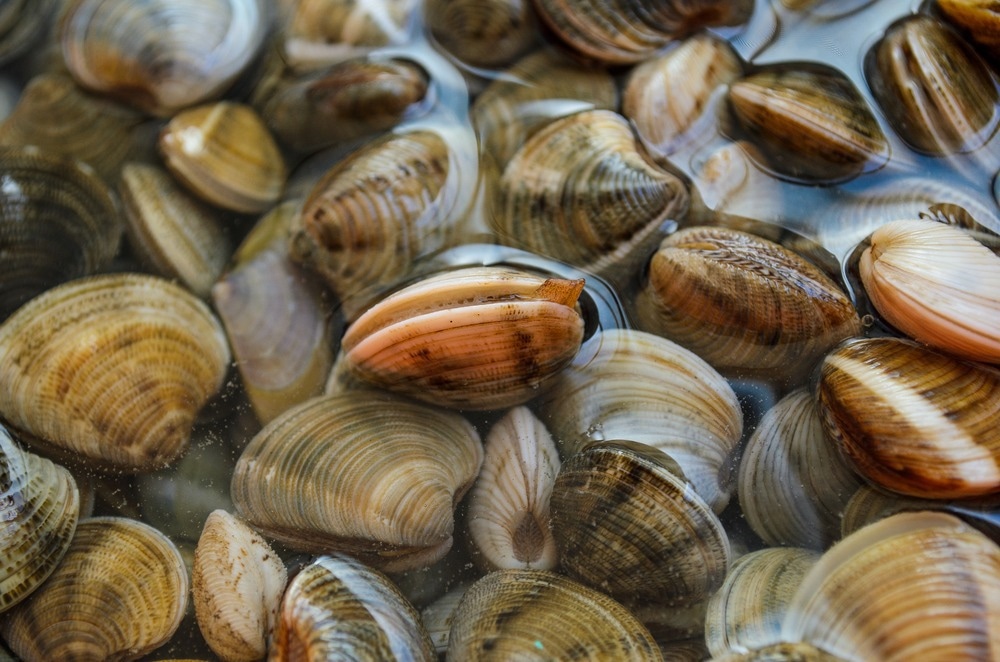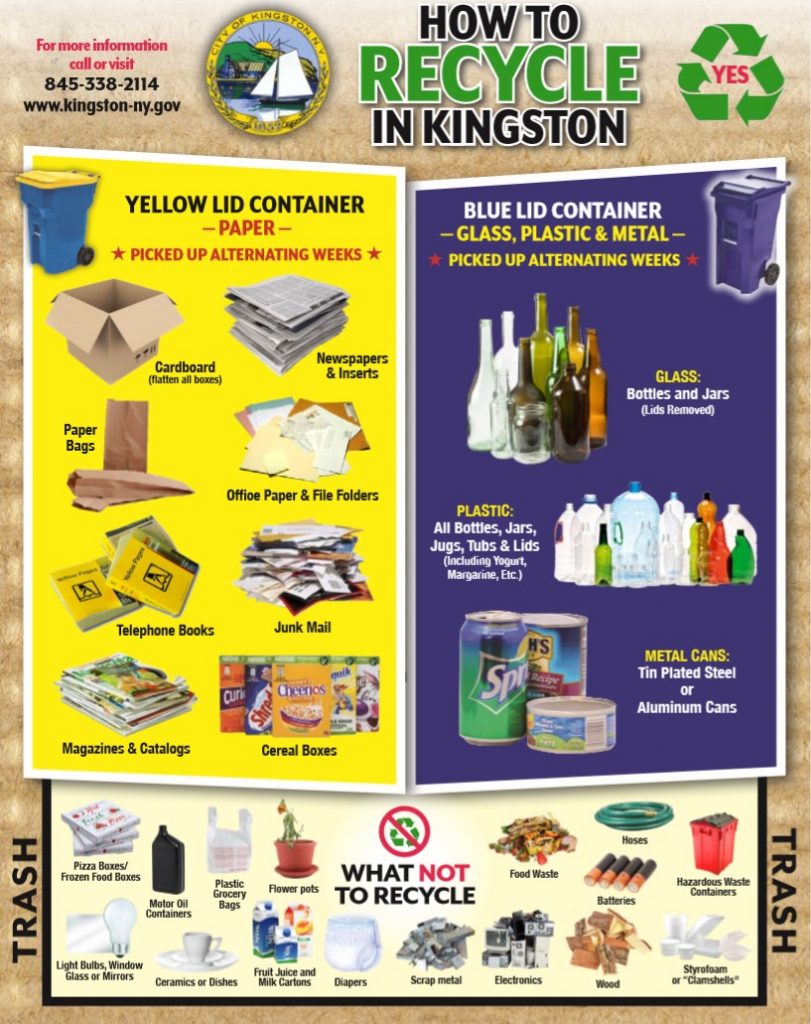In a research study published in Sustainable Agriculture, researchers evaluated teredinids as a potentially nutritious and sustainable future food source.
Researchers have conducted a study to assess the potential of teredinids, colloquially known as “naked clams,” as a sustainable and nutritious food source. The study aimed to develop a pilot aquaculture system for naked clams and determine their nutritional value compared to conventional “blue foods” like blue mussels. The findings revealed that naked clams are rich in beneficial nutrients, including monounsaturated fatty acids and vitamin B12, while having a protein content comparable to blue mussels.

Why do we need sustainable food?
Human land use, especially in agriculture, is the largest contributor to greenhouse gas emissions worldwide. The United Nations (UN) has identified current agricultural and livestock practices as significant barriers to reducing greenhouse gas emissions and meeting global warming mitigation targets. To address this issue, sustainable food sources are crucial.
Recently, there has been a shift towards consuming “blue foods,” which are derived from marine and aquatic organisms, as they have a smaller environmental impact compared to traditional land-based protein sources. The growing popularity of blue foods has led to the development of the urban aquaculture industry, providing sustainable livelihood opportunities.
Bivalves, such as clams and mussels, are excellent sources of protein and essential micronutrients among various blue foods. However, the high production cost, slow growth rate, and susceptibility to disease make bivalve aquaculture less profitable compared to other sectors like salmon farming.
Teredinids, also known as naked clams or shipworms, are mollusks that bore into wood as their primary food source. Unlike conventional bivalves, teredinids have a faster growth rate and lower production costs. However, their potential as a sustainable source of blue food protein has been largely unexplored. Interestingly, Australian Aboriginals have been farming these animals for centuries.
About the study
The study aimed to establish the groundwork for naked clam aquaculture by developing an aquaculture system and evaluating the clams’ nutritional composition under different dietary regimes. The researchers also investigated the potential for dietary fortification to enhance the clams’ nutritional benefits.
Related Stories
Wild Teredo navalis samples were collected from the north-eastern coast of the United States. The larvae were obtained by placing Eastern pine panels in the water for 10 months to allow colonization. Two-year-old blue mussels (Mytilus edulis) from a commercial farming facility in Scotland were used for nutritional comparisons.
To test the impact of different diets on naked clam nutrition, lipid-walled microcapsules containing powdered Schizochytrium algae and an antibacterial waxy encapsulant were produced. The clams were exposed to three dietary regimes: wood only, microcapsules + wood, and Shellfish Diet 1800 + wood. Fecal expulsion was measured as a proxy for feeding rate, and the fecal pellets were analyzed using electron microscopy.
Nutritional profiling involved analyzing the biochemical composition, vitamin B12 content, and lipid quantification of the clam tissue. Statistical tests were used to compare the findings from different dietary regimes and blue mussel samples.
Study findings
The study found that the microcapsule + wood diet resulted in higher fecal weight compared to the wood-only or Shellfish Diet 1800 + wood diets. However, fecal production rates were lower in the microcapsule + wood diet, suggesting potential cost reduction in commercial production.
Microscopic analysis revealed differences in the composition and structure of naked clams reared on different diets. Clams raised on the microcapsule + wood diet produced fewer pseudofeces, reducing feed wastage and maintenance requirements.
Nutritional evaluations showed that naked clams had higher ash content but lower quantities of fats, carbohydrates, and proteins compared to blue mussels. However, the supplementation of microcapsules improved these deficits, with clams on the microcapsule + wood diet having 29% higher protein content. Carbohydrate and lipid concentrations were also improved with microcapsule intervention.
The study also found that naked clams had significantly higher levels of vitamin B12 compared to blue mussels. The concentration of polyunsaturated fatty acids
SDGs, Targets, and Indicators
-
SDG 2: Zero Hunger
- Target 2.1: By 2030, end hunger and ensure access by all people, in particular the poor and people in vulnerable situations, including infants, to safe, nutritious, and sufficient food all year round.
- Target 2.2: By 2030, end all forms of malnutrition, including achieving, by 2025, the internationally agreed targets on stunting and wasting in children under 5 years of age, and address the nutritional needs of adolescent girls, pregnant and lactating women, and older persons.
The article discusses the potential of naked clams as a future food source that is rich in beneficial nutrients. This aligns with SDG 2, which aims to end hunger and ensure access to safe and nutritious food for all people.
-
SDG 14: Life Below Water
- Target 14.4: By 2020, effectively regulate harvesting and end overfishing, illegal, unreported, and unregulated (IUU) fishing, and destructive fishing practices, and implement science-based management plans, to restore fish stocks in the shortest time feasible, at least to levels that can produce maximum sustainable yield as determined by their biological characteristics.
- Target 14.7: By 2030, increase the economic benefits to small island developing States and least developed countries from the sustainable use of marine resources, including through sustainable management of fisheries, aquaculture, and tourism.
The article discusses the potential of naked clams as a sustainable alternative to conventional bivalves for aquaculture. This aligns with SDG 14, which aims to conserve and sustainably use the oceans, seas, and marine resources.
| SDGs | Targets | Indicators |
|---|---|---|
| SDG 2: Zero Hunger | Target 2.1: By 2030, end hunger and ensure access by all people, in particular the poor and people in vulnerable situations, including infants, to safe, nutritious, and sufficient food all year round. | The nutritional value of naked clams compared to conventional blue mussels. |
| SDG 2: Zero Hunger | Target 2.2: By 2030, end all forms of malnutrition, including achieving, by 2025, the internationally agreed targets on stunting and wasting in children under 5 years of age, and address the nutritional needs of adolescent girls, pregnant and lactating women, and older persons. | The potential of naked clams to address malnutrition through their nutritional composition. |
| SDG 14: Life Below Water | Target 14.4: By 2020, effectively regulate harvesting and end overfishing, illegal, unreported, and unregulated (IUU) fishing, and destructive fishing practices, and implement science-based management plans, to restore fish stocks in the shortest time feasible, at least to levels that can produce maximum sustainable yield as determined by their biological characteristics. | The potential of naked clams as a sustainable alternative to conventional bivalves for aquaculture. |
| SDG 14: Life Below Water | Target 14.7: By 2030, increase the economic benefits to small island developing States and least developed countries from the sustainable use of marine resources, including through sustainable management of fisheries, aquaculture, and tourism. | The potential economic benefits of naked clam aquaculture for small island developing states and least developed countries. |
Behold! This splendid article springs forth from the wellspring of knowledge, shaped by a wondrous proprietary AI technology that delved into a vast ocean of data, illuminating the path towards the Sustainable Development Goals. Remember that all rights are reserved by SDG Investors LLC, empowering us to champion progress together.
Source: news-medical.net

Join us, as fellow seekers of change, on a transformative journey at https://sdgtalks.ai/welcome, where you can become a member and actively contribute to shaping a brighter future.






